
Growing a peck of peppers doesn’t appeal only to guys named Peter. Many gardeners grow these popular nightshades every year.
Whether you prefer the cool, juicy crunch of a sweet bell pepper or the face-melting heat of hot peppers, you’ve likely come across a few specimens with strange woody scars across their surface – pepper corking.
Let’s discuss this gardening phenomenon.
One thing we gardeners know is that vegetables can get a little funky.
Unlike the picture-perfect produce in your local supermarket, growing food at home often means you run into some strange characters. Whether it’s the carrot that decided to split in two and grow entwined around each other, cat-faced heirloom tomatoes or the cucumber that grew sandwiched between the garden fence and my gardening box – veggies can start to look downright weird.
So, it’s no wonder people are taken aback by the woody lines they find on their peppers.
If you grow jalapenos, it’s highly likely you’ve picked your fair share of corked peppers.
“What on earth happened?”
Well, they grew.
What is Pepper Corking
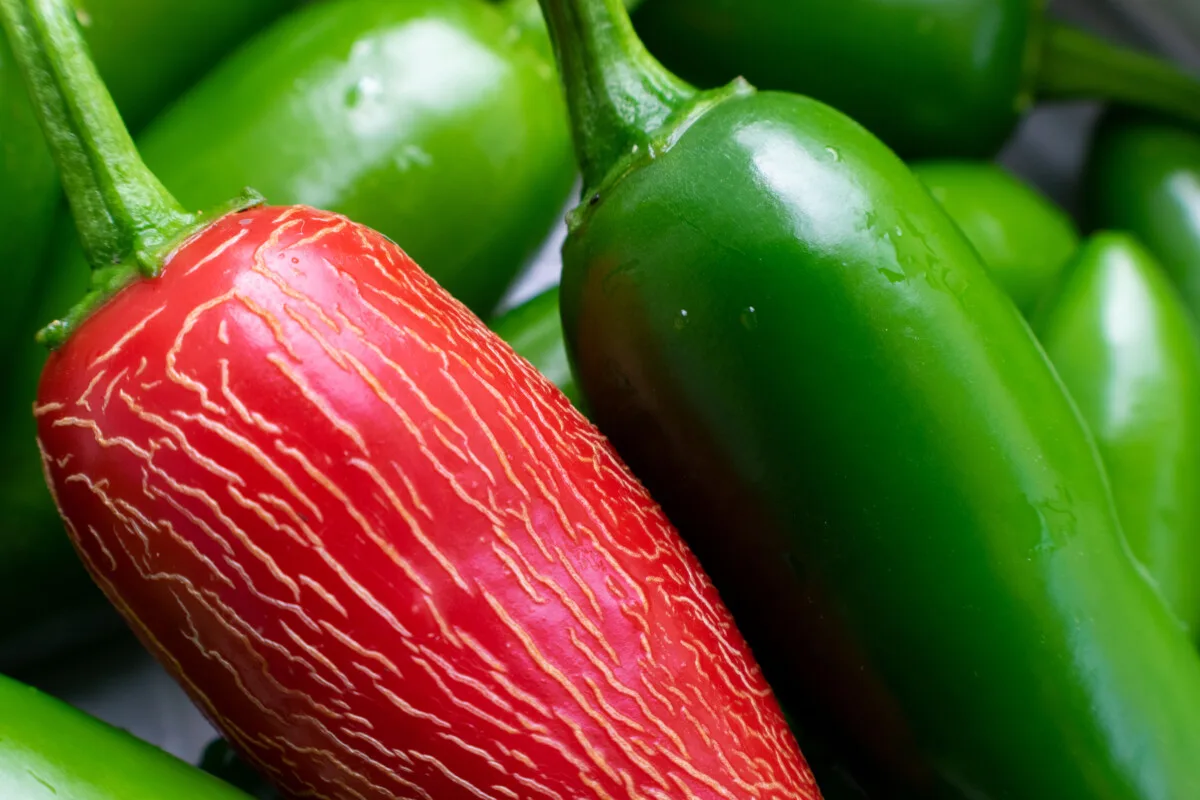
No, there isn’t a strange garden pest at work. The cork-like striations that show up on peppers are stretch marks. Yup, it’s as simple as that.
When the conditions are right, the inside of the pepper grows much faster than the outer skin. Eventually, the outer skin tears and then heals over in a woody scab known as corking. This happens over and over all over the surface of the pepper.
The same thing happens with tomatoes.
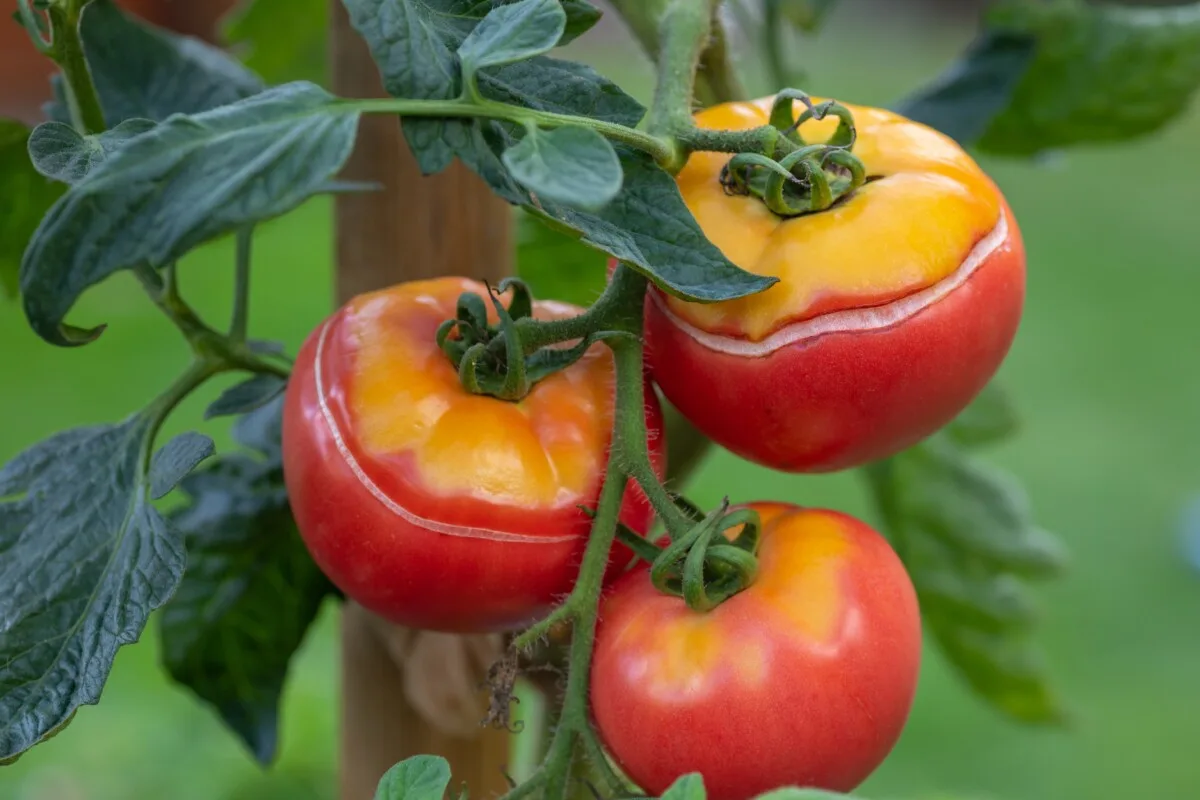
Tomatoes are thin-skinned by comparison, whereas peppers can take this wear and tear and keep right on growing.
Sometimes, you’ll notice pepper corking in concentric circles around the stem, but most of the time, it presents as tiny vertical lines covering the pepper.
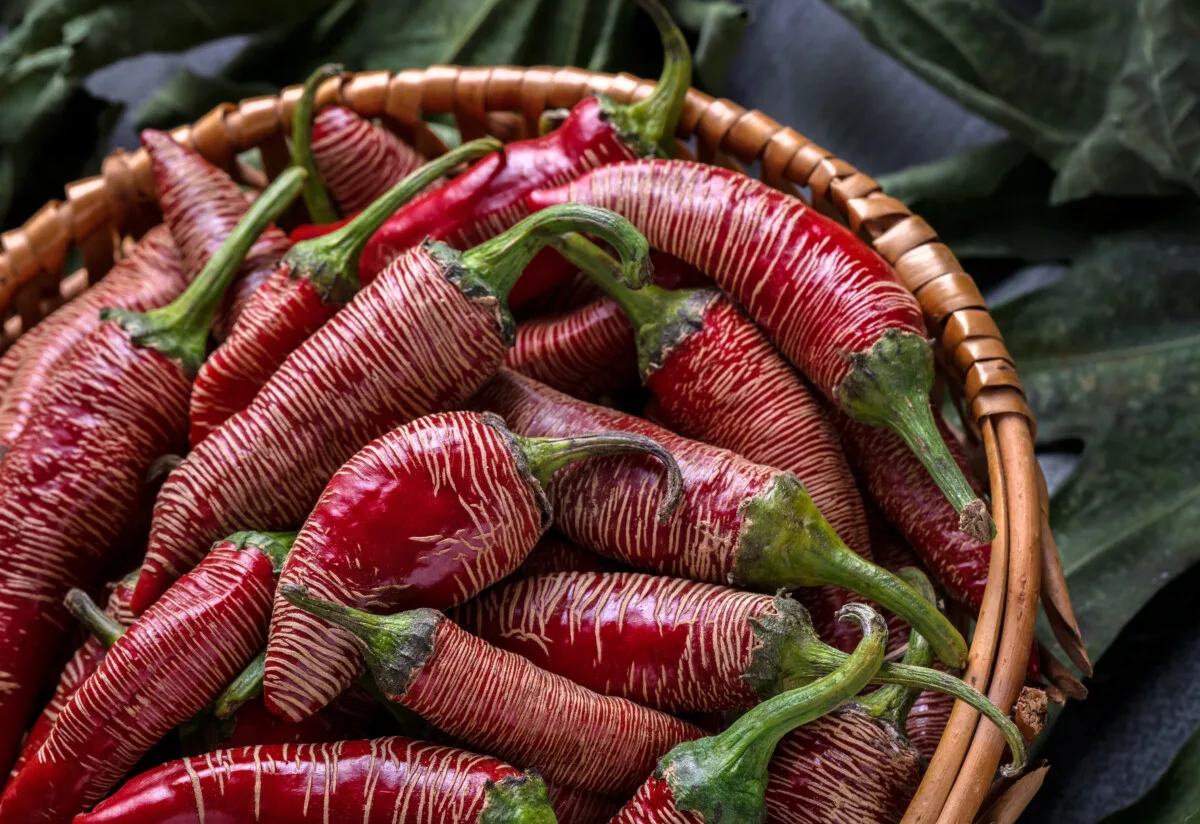
What Causes Pepper Corking
Corked peppers look a bit rough, almost as if they didn’t get enough water, but it’s the opposite that causes corking. Too much water sends growing peppers into overdrive, and before you know it, that outer skin is stretched tight. Peppers have specific water needs and prefer the soil to dry out between waterings.
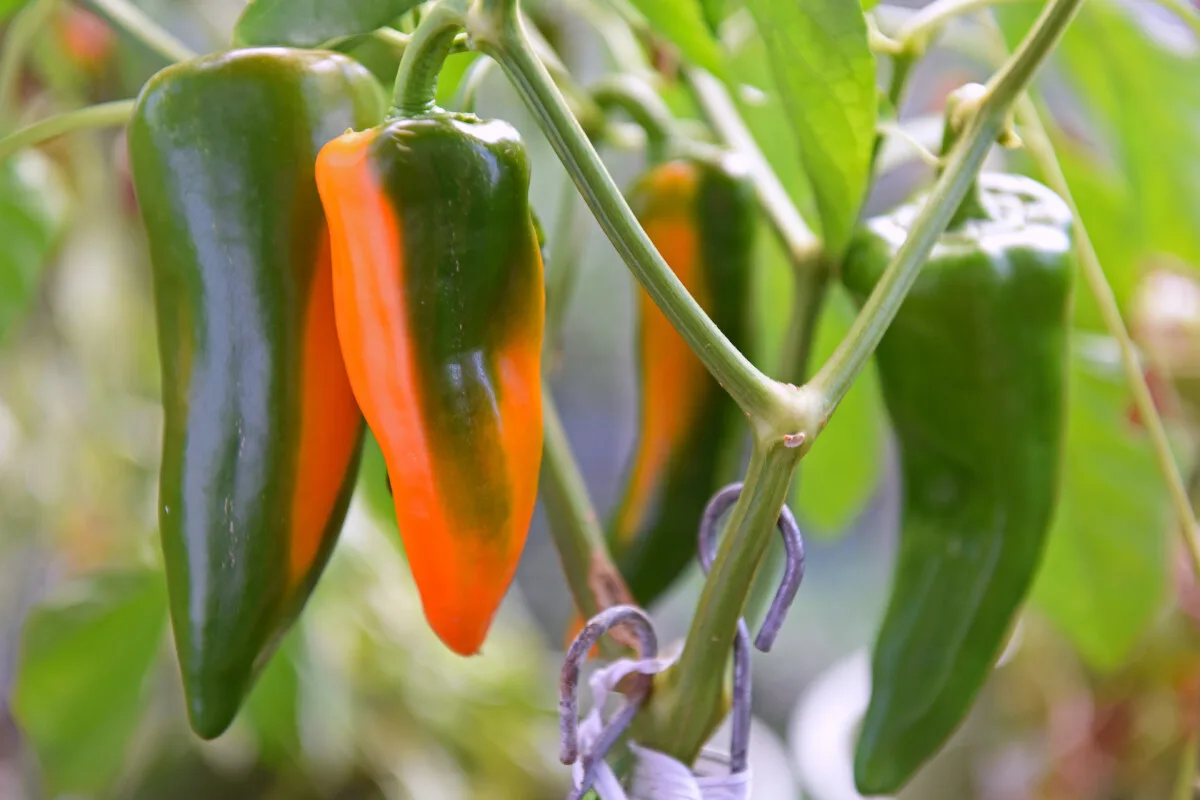
Most of the time, pepper corking happens after heavy periods of rain.
If you have a watering setup where you’re watering the entire garden all at once, rather than one section at a time, such as with a soaker hose or drip irrigation, you’ll likely find that corking is more likely to occur.
Corking can even happen once the pepper is picked. Although, this is less common. If picked peppers are stored somewhere warm and humid, they can experience corking.
What Varieties are More Susceptible to Corking
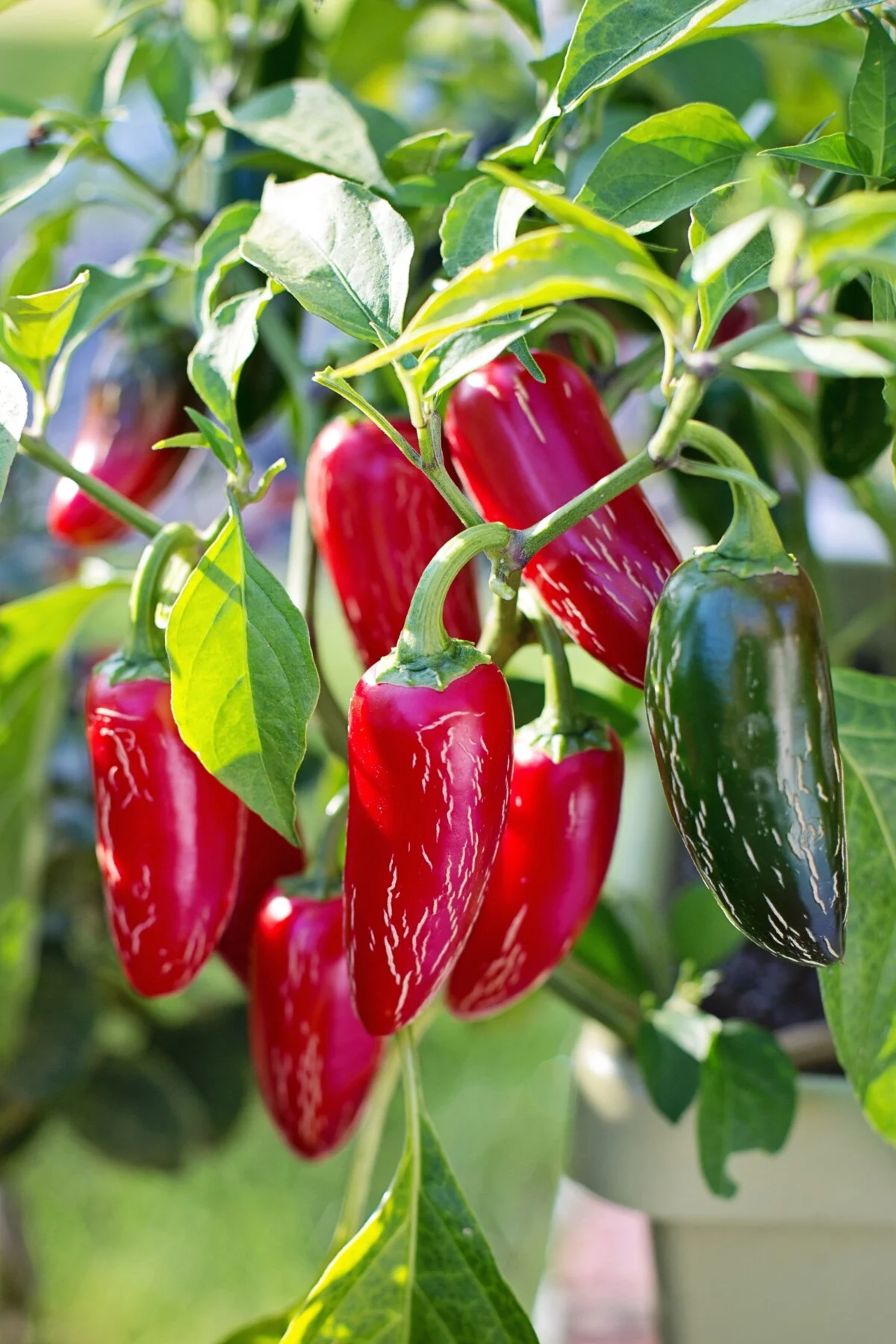
By far, corking is most often seen in jalapenos. There even seems to be a devoted following of corked jalapeno lovers who eagerly search for these woody prizes. (More on that later.)
Related Reading: Quick & Easy Spicy Honey & Honey-Fermented Jalapenos
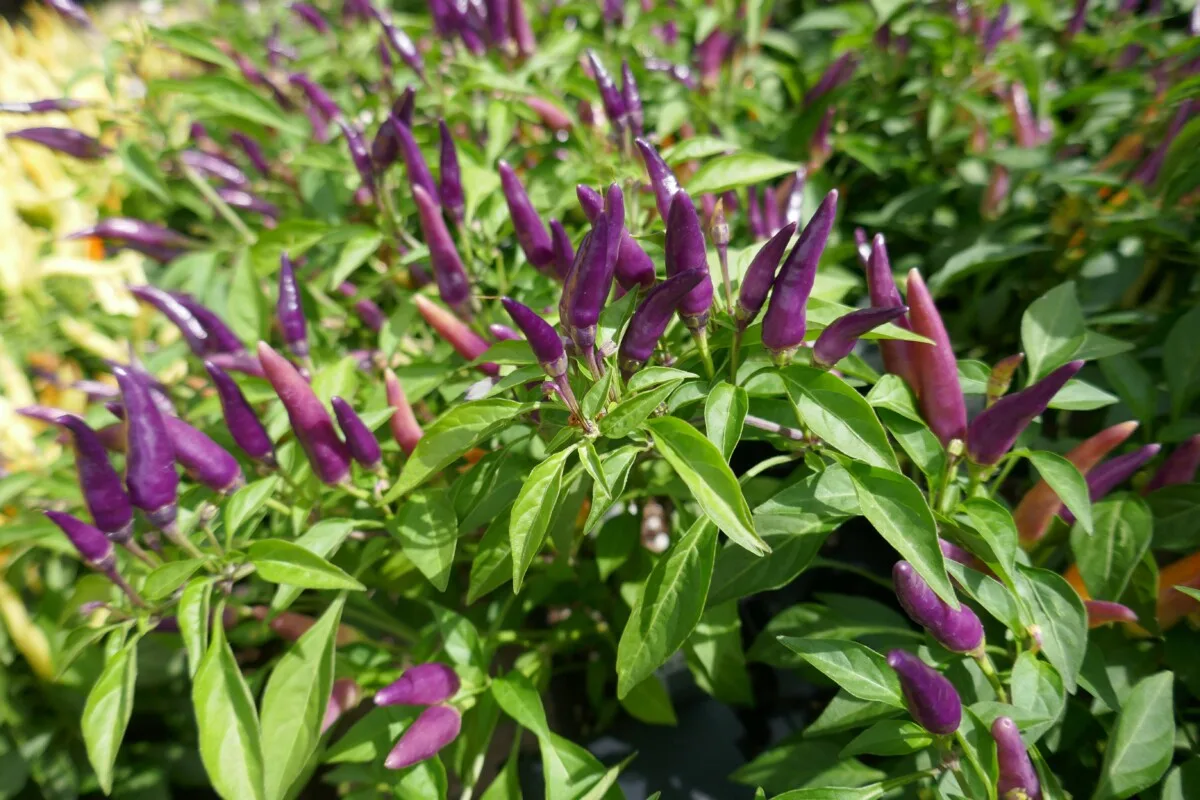
You’re more likely to see corking on hot peppers. Their smaller size means they’re more likely to experience the growth spurts that lead to corking.
However, given the right conditions, even sweet peppers sometimes experience corking. Usually, this happens when you get a long, dry, hot stretch followed by several days of heavy rain. The resulting growth spurt can cause the outer skin of your sweet peppers to stretch and crack, leaving them with a few lines.
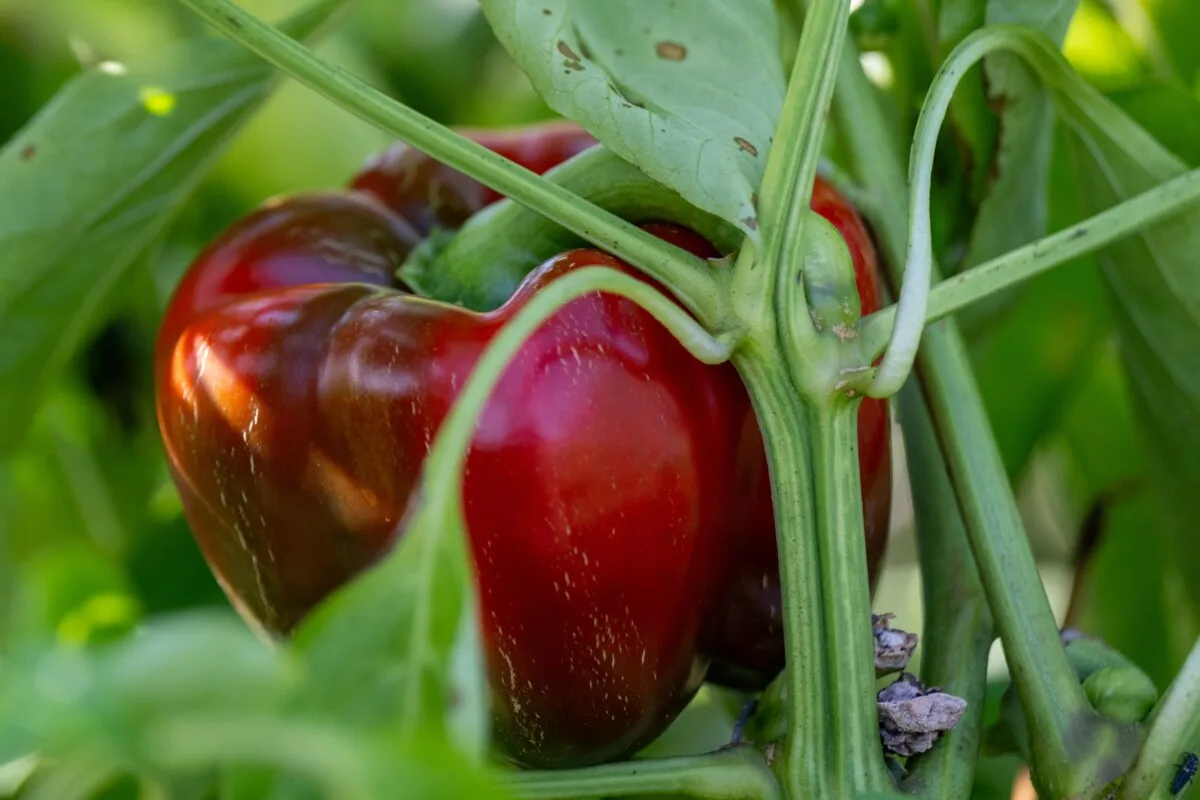
Corking in sweet peppers is usually less pronounced.
Are Corked Peppers Safe to Eat?
The first time you encounter one of those funny-looking peppers in your garden, you may wonder if it’s even safe to eat. The answer is a resounding yes. Not only are corked peppers safe to eat, but it has no effect on the flavor.
Corked Peppers = Hotter Peppers
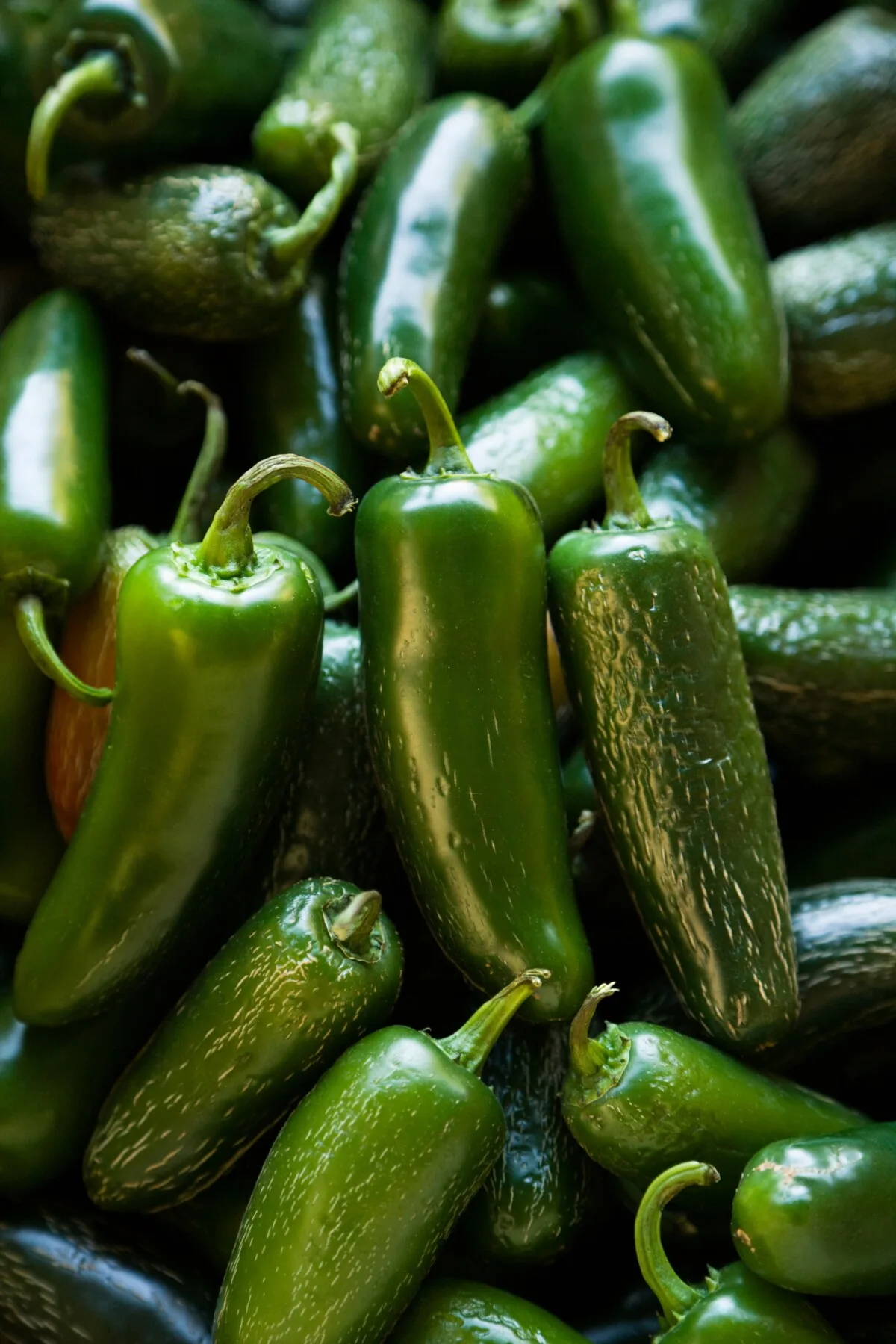
If you’re into hot peppers, you’ve probably heard that corking makes chili peppers hotter. It’s for this reason that some people seek out corking on hot peppers. This is another one of those popular myths that fly around the internet but hold no weight scientifically.
It’s a case of correlation, not causation.
As hot peppers mature and grow larger, they create more capsaicin. More mature peppers are more likely to have experienced the kind of growth spurt that leads to corking.
While the corking isn’t the reason a pepper is hotter, it can still be a pretty good indicator of some serious heat if Peter is looking to pick the hottest peck of peppers. Peppers that stay on the plant longer will usually end up with quite a bit of corking.
Related Reading: 10 Hot Peppers You Need to Grow If You Love to Cook Spicy Food
How to Prevent Pepper Corking
If woody peppers aren’t your thing, there are a few things you can do to prevent corking.
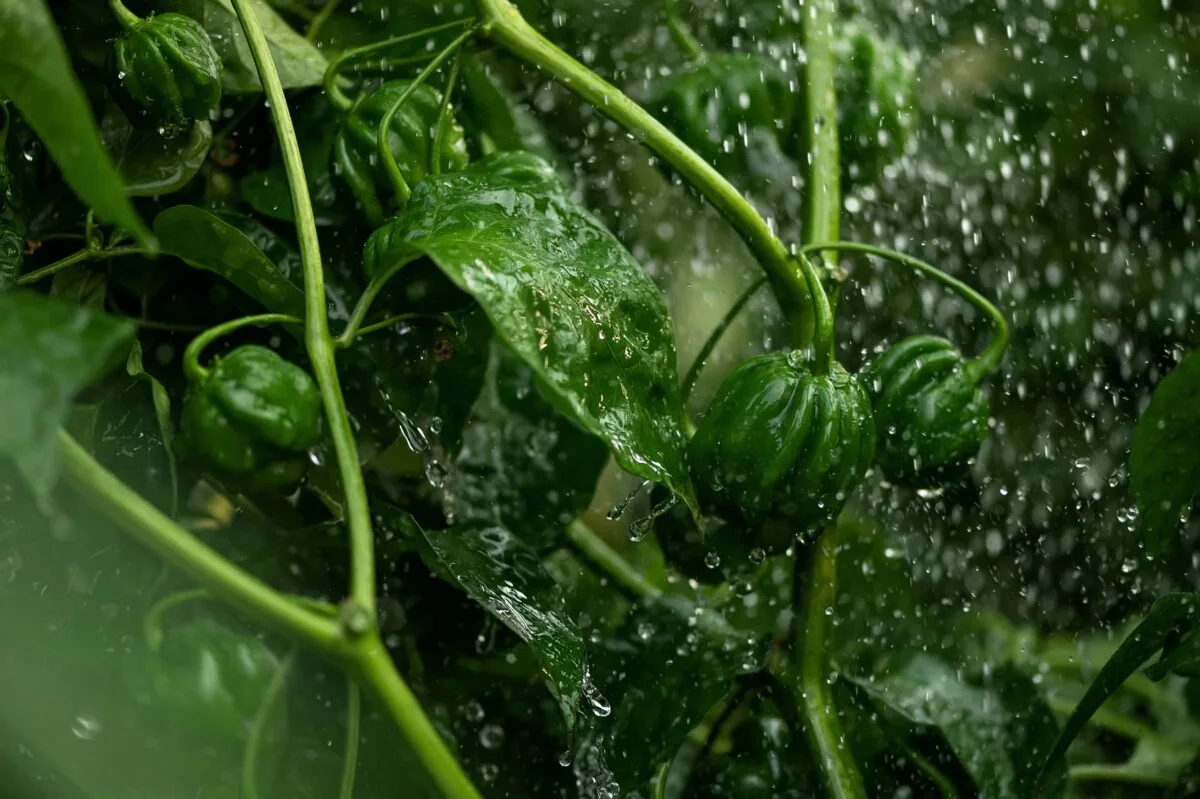
Water your plants less frequently. This only works if you’re the one doing the watering. If Mother Nature is pouring it on by the bucketload, there isn’t a whole lot you can do about it.
Actually, there is something you can do.
Pick a peck of peppers.
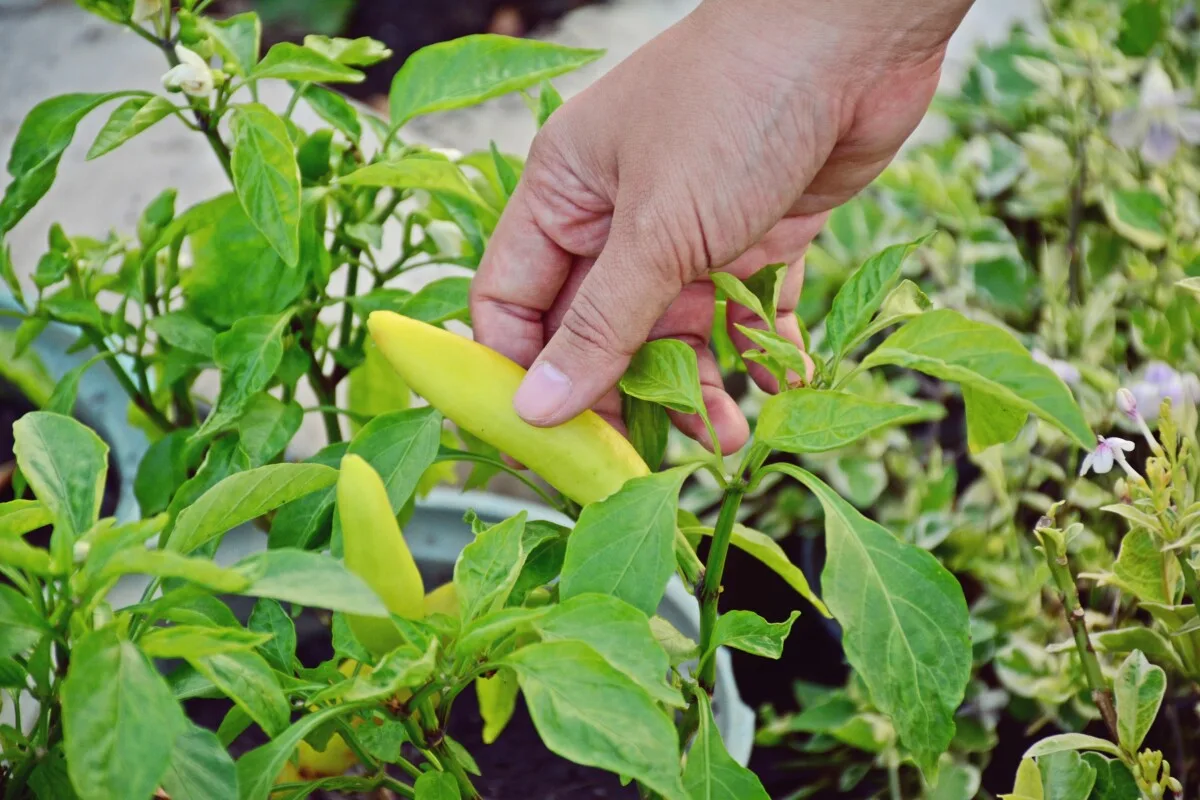
Pick your peppers often. Picking peppers when they’re young and on the smaller side means they’re not hanging out waiting for one of those crazy growth spurts. Harvesting more often also encourages the plant to put more energy into making more new peppers, which we can all agree is a good thing.
But in the end, corking doesn’t affect the flavor or heat of peppers, only their appearance. So whether or not you try to prevent corking, you’ll still end up with some tasty peppers.

Get the famous Rural Sprout newsletter delivered to your inbox.
Including Sunday musings from our editor, Tracey, as well as “What’s Up Wednesday” our roundup of what’s in season and new article updates and alerts.

